
In nature, the copper oxide minerals with industrial recovery value are mainly malachite, azurite, chalcopyrite, water bjarosite, bjarosite, cupralosite, and so on. Due to its various kinds, complex properties, easy slime, and fine disseminated particle size, the flotation method has been the first choice for the copper oxide mineral.
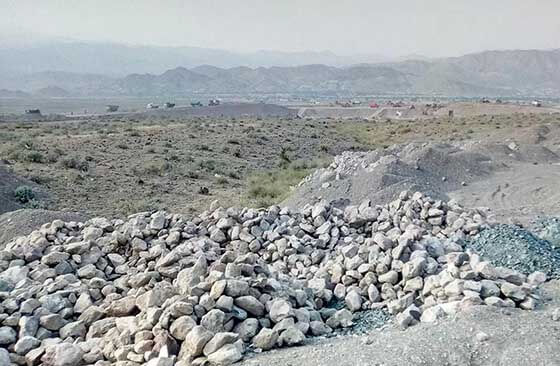
At present, the common flotation methods of the copper oxide mineral mainly include sulfide flotation, fatty acid flotation, amine flotation, emulsion flotation, and integrant-neutral oil flotation method.
The copper oxide sulfide flotation method can be divided into conventional sulfide flotation and hydrothermal sulfide flotation.
This method means to vulcanize the copper oxide mineral first with sodium sulfide or other sulfide agents (such as sodium sulfide hydride), and then float with advanced xanthate as the collector for flotation. For the sulfuration, the lower the pulp pH value, the faster the sulfuration process, and the sodium sulfide and other sulfuration agents are easy to be oxidized, the action time is short, so it is recommended to add sulfuration reagent step by step.
The copper oxide minerals that can be treated by the conventional sulfide flotation method are mainly copper carbonate(such as malachite, azurite)and can also be used for copper ore.
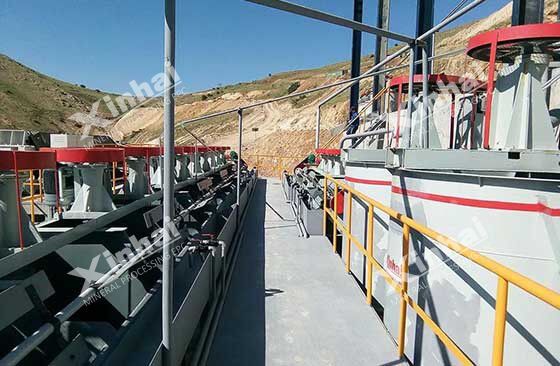
Based on the conventional sulfide flotation method, the hydrothermal sulfide flotation method makes the chemical reaction between sulfur and copper oxide minerals occur under the condition of hot pressing, produces the stable and easily selected artificial copper sulfide minerals, and the copper sulfide can be extracted by the flotation method in warm water. This method strengthens the ore pretreatment - pre-sulfide process.
The working principle of the flotation method is that the pulp with the vulcanizing agent is added, the element sulfur generates S2- into the solution due to its own oxidation-reduction when the temperature rises to a certain extent. When S2- meets the copper oxide mineral, a chemical reaction occurs to form the copper sulfide mineral.
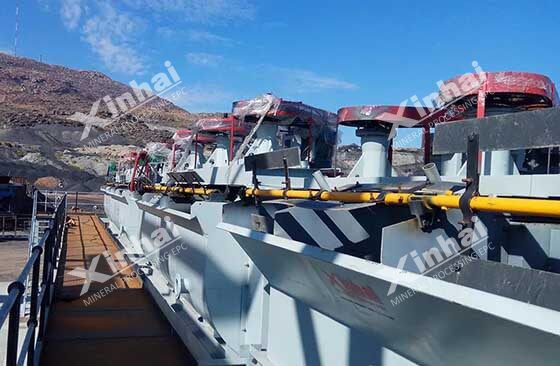
In the hot water vulcanization process, the vulcanization temperature, ore particle size, sulfur content, and vulcanization time have different degrees of influence on the transformation of copper oxide. The flotation method requires high temperature, high fuel consumption, and long curing time, so it is necessary to reduce the vulcanizing temperature and vulcanizing time in the production process.
The fatty acid flotation method is also known as the direct flotation method. When the fatty acid and its soap are used as collectors, the gangue inhibitor (such as sodium silicate, phosphate) and pulp regulator (sodium carbonate) are also needed to be added.
Fatty acids can float the malachite and azurite well. The test about malachite flotation with fatty acids of different hydrocarbon chains shows that the collecting ability of fatty acids to malachite is quite strong as long as the hydrocarbon chain is long enough, and the collecting ability of reagents in a certain range is proportional to the dosage.
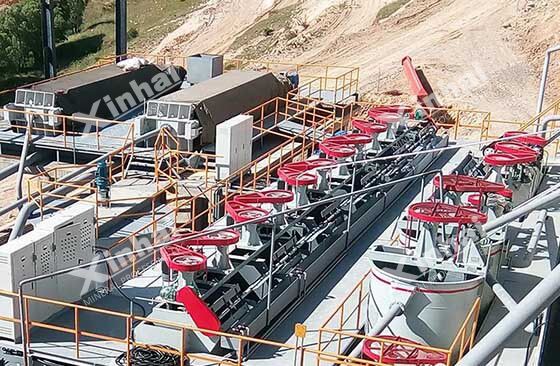
The fatty acid flotation method is only suitable for copper oxide whose gangue is not carbonated. When the gangue contains a lot of iron and manganese minerals, its indexes will deteriorate, and the slime will also make fatty acid ineffective.
It is a common flotation method used for nonferrous metal oxide ores (copper, lead, zinc oxide ores) to take amine as the collector, and it is also suitable for malachite, azurite, chlorite, and so on.
Amine is an effective collector for copper oxide, but its selectivity is poor and it can also collect gangue, so the amine method usually requires pre-desliming. But for argillaceous copper oxide, pre-desliming will lead to copper loss, so the key of the amine method is to find the effective inhibitors of gangue. At present, the effective inhibitors of gangue include seaweed powder, lignosulfonate or cellulose lignosulfonate, polyacrylic acid, and so on.
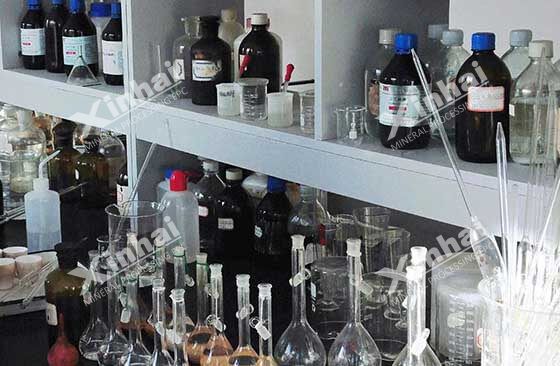
After the vulcanization, the copper coordination agent is added to the copper oxide minerals, resulting in a stable lipophilic mineral surface, and then neutral oil emulsion is used to cover the mineral surface, resulting in a strong hydrophobic floating state, so the minerals can firmly adhere to the bubble floating.
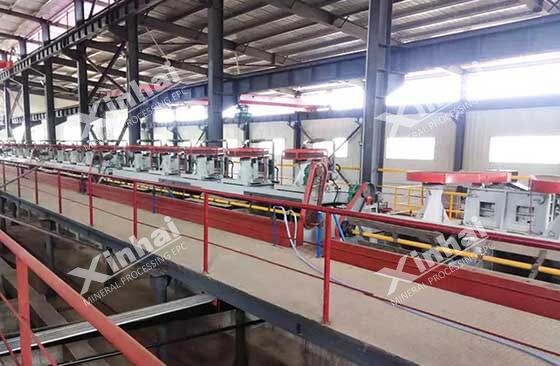
The essence of emulsion flotation includes three aspects:
■ Use the selective organic copper coordination agent compounds, so the mineral surface can form a stable lipophilic film. The copper complexing agents include benzotriazole toluene triazole, flow benzimidazole, diphenyl guanidine;
■ Adding the non-polar oil emulsion to improve the adhesion between minerals and bubbles. The non-polar oil emulsifiers include gasoline, kerosene diesel oil, etc.
■ Using selective inhibitors, such as acrylic polymers, sodium silicate.
For the refractory copper sulfide mineral (such as silicon malachite, etc.), the flotation methods mentioned above have low selectivity and low recovery, so the integrant-neutral oil flotation method can be considered.
This method is to uses a kind of integrant and neutral oil to compose the collector, which not only has high selectivity and collection effect but also can ensure a higher separating index, reduce the consumption of agents. Besides, the integrant also has selective inhibition.
At present, the integrators used include octyl-substituted basic dye malachite green, octyl-substituted potassium oxyfat, benzotriazole and neutral oil emulsifier, N-substituted imine diacetate, polyamine, and organic halide condensates.
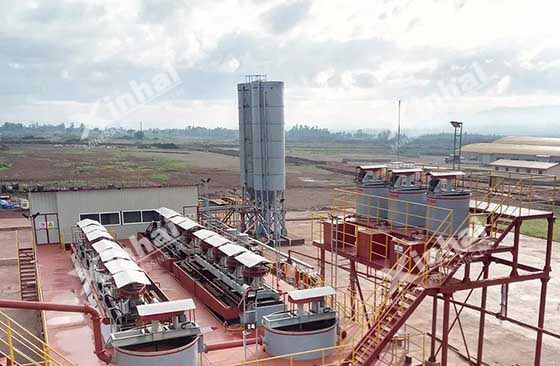
These are the common flotation method of the copper sulfide mineral. For the flotation of copper sulfide minerals, the flotation methods and flotation reagents are different because of the different types of copper oxide. It is suggested that mineral processing test should be carried out first to understand the properties and characteristics of ore, and the proper flotation process and reagent system should be selected comprehensively considering the investment budget and the actual conditions of the concentrator, so as to obtain the ideal flotation index and economic benefit.
To find out more about our products and solutions, please fill out the form below and one of our experts will get back to you shortly.